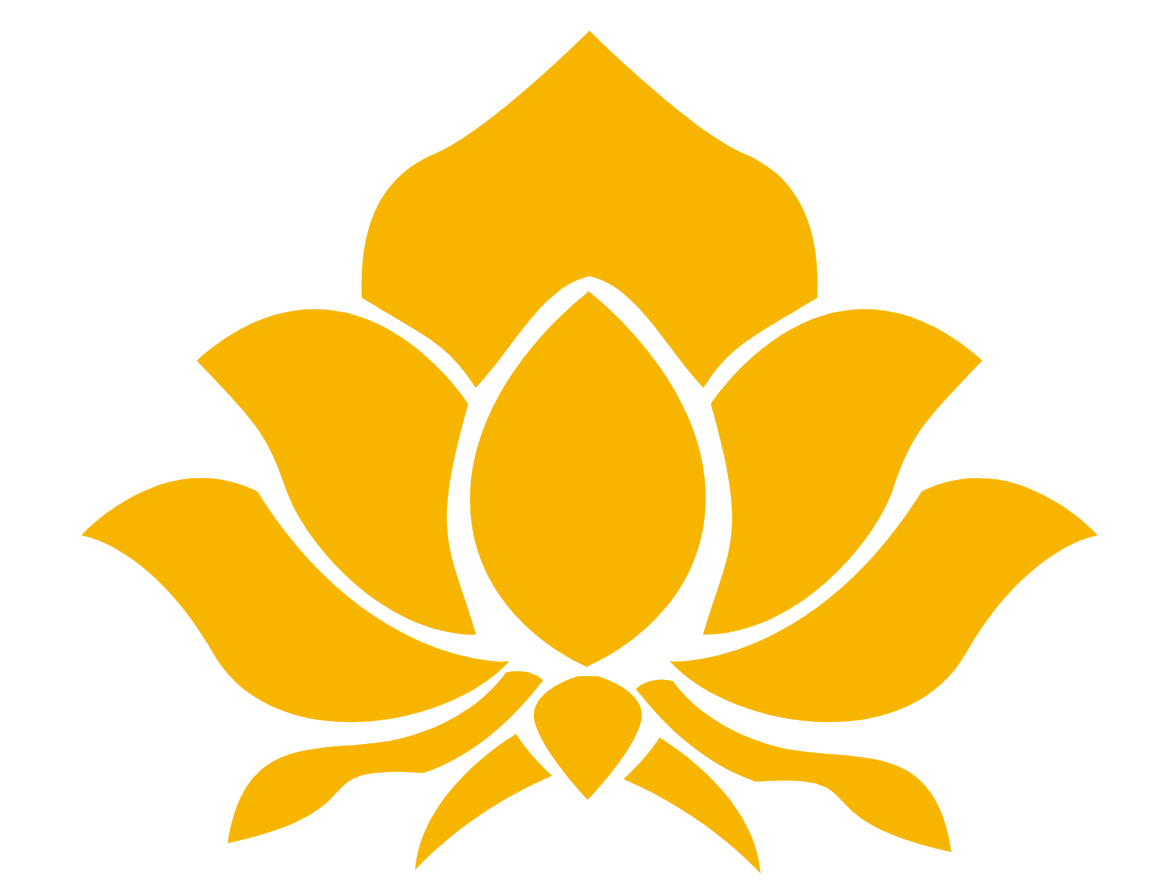So you’re ready to take action and get rid of those pesky varicose veins once and for all? Well, you’re in the right place. In this article, we’re going to dive into the nitty-gritty of how you can sign up for a varicose vein removal surgery. Whether you’ve been struggling with these unsightly veins for years or just recently started noticing their presence, we understand that finding a solution is a top priority. So, grab a cup of coffee, sit back, and get ready to discover everything you need to know about signing up for a varicose vein removal surgery.

join our newsletter to get alerts
Understanding Varicose Veins
Varicose veins are enlarged, bulging veins that typically appear on the legs and feet. They are most commonly caused by a malfunctioning or weakened valve in the veins, which leads to blood pooling and increased pressure. This increased pressure causes the veins to widen and become twisted, resulting in the characteristic appearance of varicose veins.
Causes of Varicose Veins
The primary cause of varicose veins is a condition called venous insufficiency, where the valves in the veins fail to function properly. This can be genetic, as some people are born with weaker vein walls and valves. Other factors that contribute to the development of varicose veins include prolonged sitting or standing, obesity, hormonal changes, pregnancy, and age. Lifestyle choices such as smoking and a lack of exercise can also increase the risk.
Symptoms of Varicose Veins
Varicose veins can cause a range of symptoms, including pain, aching, and heaviness in the legs. Some individuals may experience swelling, itching, and a burning sensation around the affected veins. Cramping and restlessness in the legs, especially at night, are also commonly reported. In severe cases, varicose veins may lead to skin changes, such as discoloration, dryness, and the formation of ulcers.
How does Varicose Vein Removal Surgery Work?
Varicose vein removal surgery, also known as varicose vein stripping or ligation, aims to eliminate or reduce the appearance of varicose veins. The procedure involves making small incisions near the affected veins and removing them through various techniques. The most common surgical technique is ligation, where the malfunctioning veins are tied off and cut. Another method is vein stripping, where the veins are removed entirely. More recently, minimally invasive procedures such as endovenous laser therapy and radiofrequency ablation have gained popularity. These procedures use laser or radiofrequency energy to close off the affected veins.
Preparing for Varicose Vein Removal Surgery
Before undergoing varicose vein removal surgery, it is crucial to consult with a healthcare professional specializing in vein treatments. During the consultation, the healthcare provider will evaluate your medical history, perform a physical examination, and discuss the available treatment options. It is essential to openly discuss any concerns or questions you may have and to have a thorough understanding of the risks and benefits associated with the procedure.
Consulting with a Healthcare Professional
When choosing a healthcare provider for varicose vein removal surgery, it is important to research qualified specialists in your area. Look for professionals who have extensive experience and expertise in treating varicose veins. You can check their credentials and qualifications to ensure they are board-certified and have the necessary training in vascular surgery or phlebology, which is the study of vein disorders.
Evaluating your Medical History
During the consultation, the healthcare provider will ask for your complete medical history. This includes information about any previous surgeries or medical conditions you may have, as well as any medications you are currently taking. It is vital to provide accurate and detailed information to ensure the healthcare provider can assess your suitability for the surgery and make appropriate recommendations.
Discussing Treatment Options
Once your medical history has been evaluated, the healthcare provider will discuss the various treatment options available for your specific case. These may include traditional surgical techniques, as well as minimally invasive procedures such as endovenous laser therapy or radiofrequency ablation. The healthcare provider will explain the advantages and disadvantages of each option and help you make an informed decision based on your individual needs and preferences.
Understanding the Risks and Benefits
As with any medical procedure, varicose vein removal surgery carries certain risks. These may include infection, bleeding, nerve damage, or blood clot formation. It is crucial to have a thorough understanding of these risks and discuss them with your healthcare provider. They will also explain the potential benefits of the surgery, such as improved cosmetic appearance and relief from symptoms. This discussion will help you make an informed decision and ensure realistic expectations regarding the outcome of the surgery.
Finding a Varicose Vein Removal Specialist
Once you have made the decision to undergo varicose vein removal surgery, it is essential to find a qualified healthcare provider who specializes in this area. Start by researching specialists in your area, using online resources and directories. Look for professionals with positive patient reviews and testimonials, as this can provide valuable insights into their expertise and patient satisfaction. Additionally, you can seek recommendations from trusted sources such as your primary care physician or friends and family who may have undergone similar procedures.
Researching Qualified Healthcare Providers
When researching healthcare providers, consider factors such as their years of experience, the number of procedures they have performed, and their success rates. Look for specialists who are affiliated with reputable hospitals or clinics and who stay up to date with the latest advancements in varicose vein treatment. It is also helpful to check if they are members of professional organizations or societies related to vein disorders.
Checking Credentials and Qualifications
Before scheduling a consultation, verify the credentials and qualifications of the healthcare provider. Ensure they are board-certified in vascular surgery or phlebology, and check if they have any additional certifications or training in specialized treatment modalities. This information can usually be found on their website or by contacting their office directly.
Reading Patient Reviews and Testimonials
One way to gauge the quality of care provided by a healthcare specialist is by reading patient reviews and testimonials. These testimonials can provide insights into the patient experience, including the level of professionalism, communication, and results achieved. However, it is essential to consider a range of reviews and not rely solely on one or two opinions.

Seeking Recommendations from Trusted Sources
Another valuable resource for finding a varicose vein removal specialist is seeking recommendations from trusted sources. Consult with your primary care physician, who can provide recommendations based on their knowledge and experience. Additionally, friends or family members who have undergone varicose vein treatment may have firsthand insights and recommendations for healthcare providers they trust.
Scheduling a Consultation
Once you have identified a healthcare provider for varicose vein removal surgery, it is time to schedule a consultation. Contact the provider’s office either by phone or through their online scheduling system. Be prepared to provide necessary information such as your name, contact information, and preferred dates and times for the consultation.
Contacting the Healthcare Provider
To schedule a consultation, contact the healthcare provider’s office either by phone or through their website. The office staff will guide you through the process and answer any initial questions you may have. They will also provide information on what documents or information you need to bring to the consultation.
Requesting an Appointment
When speaking with the office staff, clearly state that you are interested in scheduling a consultation for varicose vein removal surgery. Provide them with your preferred dates and times, taking into consideration your availability and any other scheduling constraints you may have. It is advisable to have alternative dates in mind in case your preferred slots are not available.
Providing Necessary Information
During the scheduling process, the office staff may ask for certain information to ensure the smooth running of your consultation. This may include your name, contact information, insurance details (if applicable), and any relevant medical history. Provide this information accurately and completely to facilitate the administrative aspects of your consultation.
Confirming the Consultation Date and Time
Once you have provided the necessary information and discussed the available appointment options, the office staff will confirm the date and time of your consultation. They may also provide additional instructions, such as any pre-consultation requirements or paperwork that needs to be completed beforehand. Confirm all these details to avoid any confusion or scheduling conflicts.
Financial Considerations
Before undergoing varicose vein removal surgery, it is important to consider the financial aspects of the procedure. Start by inquiring about insurance coverage for the surgery, as some insurance plans may cover a portion or all of the costs. Additionally, understand the costs involved, including surgeon fees, facility fees, and any necessary follow-up appointments or treatments.
Inquiring about Insurance Coverage
Contact your insurance provider to inquire about coverage for varicose vein removal surgery. Verify if the procedure is considered medically necessary and if any specific criteria need to be met for coverage. It is also important to understand if there are any pre-authorization requirements or out-of-pocket costs such as deductibles or co-pays.
Understanding the Costs Involved
Varicose vein removal surgery costs can vary depending on factors such as the complexity of the procedure, the location of the practice, and the specific treatment technique used. Consult with the healthcare provider’s office or the billing department to obtain an estimate of the costs involved. They can provide information about both surgeon fees and facility fees.
Discussing Payment Options
Once you have a clear understanding of the costs involved, discuss payment options with the healthcare provider’s office. They may offer various payment methods, including credit cards, personal checks, or financing options. It is important to understand their policies regarding payment and any required deposits or upfront payments.
Exploring Financing Options
If the cost of varicose vein removal surgery is a concern, explore financing options that may be available. Some healthcare providers offer in-house financing plans, while others may work with third-party financing companies. These options can help make the procedure more affordable by spreading out the cost over a period of time.
Preparing for Surgery
In preparation for varicose vein removal surgery, it is important to follow any pre-operative instructions provided by the healthcare provider. These instructions may include dietary restrictions, medication adjustments, or lifestyle changes that need to be implemented before the surgery. It is also important to arrange for transportation to and from the surgical facility and to plan for post-operative care and recovery.
Following Pre-operative Instructions
Carefully follow any pre-operative instructions given to you by the healthcare provider. This may include avoiding certain medications or supplements that can increase the risk of bleeding or interfere with anesthesia. You may also be instructed to refrain from eating or drinking for a specific period of time before the surgery.

Arranging for Transportation
Varicose vein removal surgery is typically performed on an outpatient basis, meaning you will be able to return home on the same day. However, due to the effects of anesthesia and the potential discomfort following surgery, it is important to arrange for transportation to and from the surgical facility. Ask a friend or family member to accompany you and drive you home afterwards.
Arranging for Post-operative Care
After the surgery, it is important to have someone available to assist with post-operative care, at least for the first 24-48 hours. This may include help with dressing changes, medication management, and general monitoring of your condition. Make sure you have someone who can stay with you or check in on you during this time.
Managing any Necessary Lifestyle Changes
Following varicose vein removal surgery, your healthcare provider may recommend certain lifestyle changes to aid in your recovery and prevent the recurrence of varicose veins. These may include regular exercise, healthy eating habits, weight management, and the use of compression stockings. Adopting these lifestyle changes can help optimize the results of the surgery and improve your overall vein health.
The Surgery Process
On the day of the surgery, you will typically check in at the surgical facility, where you will undergo pre-surgical preparations. This may include changing into a surgical gown, having your vital signs monitored, and starting an intravenous line for fluid and medication administration. The type of anesthesia used will depend on the surgical technique and your specific case.
Check-in and Pre-surgical Preparations
When you arrive at the surgical facility, you will check in with the receptionist and complete any necessary paperwork. The nursing staff will then guide you through pre-surgical preparations, including changing into a surgical gown and removing any jewelry or accessories. They will also review the surgical process and answer any questions you may have.
Anesthesia Administration
Varicose vein removal surgery may be performed under general anesthesia, where you are completely unconscious, or under local anesthesia, where you are awake but the surgical area is numbed. The choice of anesthesia will depend on factors such as the extent of the procedure, your preferences, and the recommendations of the healthcare provider. The anesthesia will be administered by an anesthesiologist or nurse anesthetist.
Surgical Techniques Used
The specific surgical technique used to remove varicose veins will depend on factors such as the size and location of the veins, as well as the preferences and expertise of the healthcare provider. The most common techniques include ligation, where the veins are tied off and cut, and vein stripping, where the veins are completely removed. Minimally invasive techniques such as endovenous laser therapy and radiofrequency ablation utilize laser or radiofrequency energy to close off the affected veins.
Duration of the Surgery
The duration of varicose vein removal surgery can vary depending on factors such as the number and size of the veins being treated, as well as the technique used. On average, the procedure can take anywhere from one to three hours. This time frame includes the pre-operative preparations, the administration of anesthesia, and the actual surgical procedure.
Recovery and Aftercare
After varicose vein removal surgery, it is important to follow the post-operative instructions provided by the healthcare provider. These instructions will guide you through the recovery process and help ensure optimal healing. You may experience some pain and discomfort initially, but these symptoms can be managed with medication and proper care.
Post-operative Instructions
Your healthcare provider will provide detailed post-operative instructions that may include wound care, medication management, and activity restrictions. Follow these instructions closely to promote healing and reduce the risk of complications. It is essential to keep the surgical site clean and dry, follow any restrictions on physical activity, and take any prescribed medications as directed.
Managing Pain and Discomfort
Some pain and discomfort are expected after varicose vein removal surgery. This can be managed with over-the-counter pain medications or prescription pain relievers prescribed by your healthcare provider. Applying ice packs to the affected area and elevating your legs can also help alleviate discomfort and reduce swelling. If the pain is severe or is not responding to over-the-counter medications, contact your healthcare provider for further guidance.
Resuming Daily Activities
The timeline for resuming daily activities will vary depending on the extent of the surgery and individual factors such as healing rate and pain tolerance. Your healthcare provider will provide guidance on when you can return to work, exercise, and other routine activities. It is important to gradually increase your activity level and listen to your body’s signals to avoid overexertion or complications.
Follow-up Appointments and Monitoring
Following varicose vein removal surgery, it is important to attend all scheduled follow-up appointments with your healthcare provider. These appointments allow the provider to monitor your progress, assess the healing process, and address any concerns or questions you may have. They will also guide you on when to resume normal activities and discuss any necessary long-term monitoring or treatment.
Potential Risks and Complications
Like any surgical procedure, varicose vein removal surgery carries certain risks and potential complications. It is important to have a thorough understanding of these risks and to be aware of when to seek medical assistance.
Understanding Common Risks
Common risks associated with varicose vein removal surgery include infection, bleeding, bruising, and a temporary increase in pain or discomfort. Some individuals may also experience temporary numbness or tingling in the surgical area. These risks are generally mild and resolve with time and proper care.
Possible Complications
Although rare, there are potential complications associated with varicose vein removal surgery. These may include deep vein thrombosis, nerve damage, blood clot migration, and skin or tissue damage. It is important to discuss these potential complications with your healthcare provider and to be vigilant for any signs or symptoms that may indicate a problem.
Minimizing Risks During Recovery
To minimize the risks during the recovery process, it is important to closely follow the post-operative instructions provided by your healthcare provider. This includes keeping the surgical site clean and dry, avoiding excessive physical activity, and taking prescribed medications as directed. Notify your healthcare provider immediately if you experience unusual or worsening pain, redness, swelling, or signs of infection.
When to Seek Medical Assistance
While varicose vein removal surgery is generally safe and effective, it is essential to be aware of when to seek medical assistance. Contact your healthcare provider if you experience severe pain that is not responsive to medication, excessive bleeding or fluid drainage from the surgical site, signs of infection such as fever and redness, or any other concerning symptoms or complications.
Conclusion
Understanding varicose veins and the process of varicose vein removal surgery is crucial for individuals seeking relief from this common condition. By consulting with a healthcare professional, evaluating treatment options, researching qualified specialists, and following proper pre-operative and post-operative care, individuals can experience improved vein health and quality of life. It is important to make an informed decision and work closely with healthcare providers to achieve the best possible outcomes.

